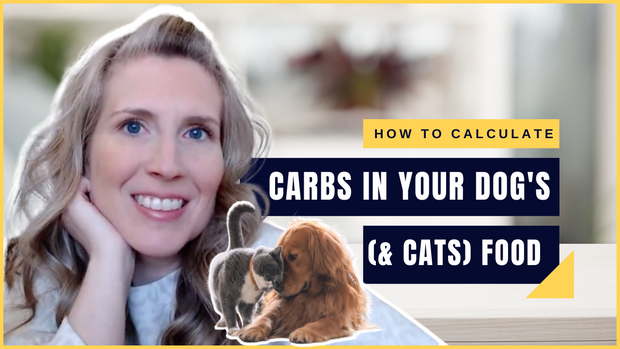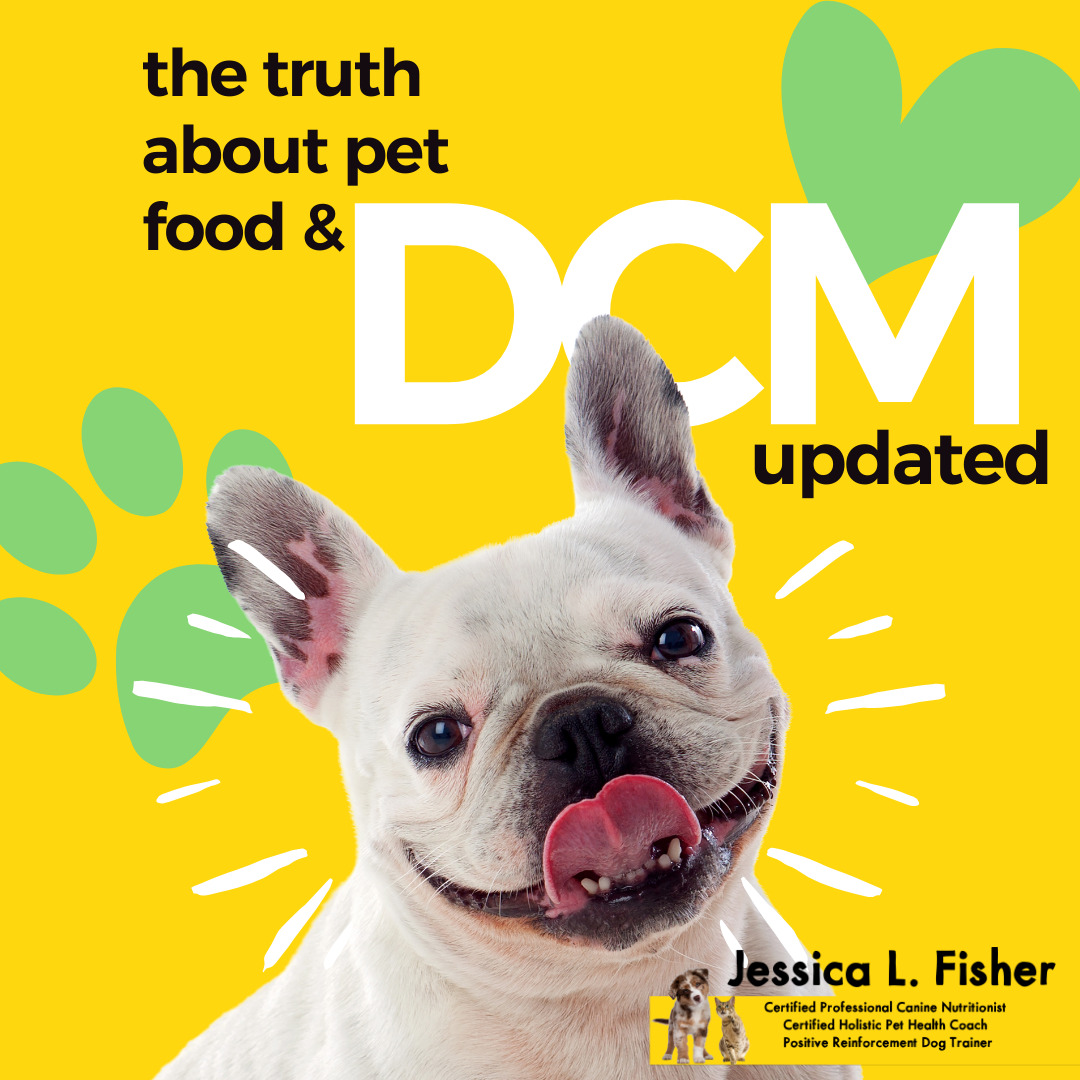Dogs are carnivores, an animal that feeds on flesh. Cats are obligate carnivores, an animal that feeds on flesh making up at least 70% of their diet and can not properly digest vegetation. Neither cats nor dogs have a nutritional need for carbohydrates. Though it is important to note that not all carbohydrates are created equal.
There are processed carbs, the ones we love and crave (more on that in a moment) such as bread, pasta, and cereal. Whole grains are not refined, though they are much harder to find and consume, generally only making up about 5% of the average human’s diet. All plant life is made up of carbohydrates. Fruits and vegetables also contain carbohydrates. The way the body breaks down and utilizes each type of carbohydrate is what matters most. Carbohydrates that also contain fiber are best since the fiber helps to slow digestion, keeping blood sugar more level over time rather than creating a huge spike and then a crash.
Cats have no biological need for any carbohydrates, however, they do ingest the contents of the stomach of their prey animal, so it is generally recognized that cats in the wild will eat about 3% carbohydrates, though it is important to note that these care predigested. Why is that important? Because as obligate carnivores, cats can’t digest and break down plant matter on their own.
Dogs, as carnivores, have evolved to be able to break down some plant matter but to be able to digest and pull nutrients from plants, it is better to serve them poached or parboiled. You can also puree them. This will help the plant matter to begin to break down prior to your dog ingesting it which gives their bodies the head start needed to utilize the nutrients. To be clear, dogs still do not produce the enzyme amylase in their saliva to be able to digest plant matter, but their pancreas has evolved to be able to break down some, which is why helping them out by steaming or pureeing the fruits and/or veggies is the best way to ensure they get at least some nutrients from them.
Processed carbohydrates that have no value to the body. Hint: they have no value to us either. So, why do we crave complex carbs such as bread and pasta? Good question! A simple answer is that the bacteria in our gut change based on food consumption and when we eat lots of processed foods, the bad bacteria increase in numbers. These bad bacteria want more of those yummy processed foods, so they send a signal to your brain to tell you to eat more. That’s not very scientific, but it gets the point across.
Why is this all so important when we talk about dry pet food (kibble)? Well, that’s because to get the dry consistency, complex carbohydrates have to be present.
Note: I realize that there is a place for kibble in the world. For some, budget is the biggest factor in feeding themselves and their pets. We also can’t forget about the rescue and shelter system. Those animals are in need and I’d much rather see a fed dog (or cat) than a starving one.
That said, this is something you will want to be aware of and realize why we have so many kibble-addicted cats and dogs. It’s all because of the complex carbohydrates.
I went to the store and purchased a bag of cat food and a bag of dog food to show you how to calculate the number of carbohydrates in your bag of kibble. I realize that I could have just taken pictures off of a website, but I have a box of donations and I figured I’d add to it with some food.
Calculating Carbs In Dry Cat Food

This bag of Purina Cat Chow Naturals looks nice with lots of chunks of fresh meat, but let’s look at the guaranteed analysis.

To calculate the number of carbs in a serving all we need is some simple math.
Add the protein, fat, fiber, moisture, and ash and subtract 100. If ash is not listed, use the industry average of 6%.
Protein 34%
Fat 9%
Fiber 5.1%
Moisture 12%
Ash 6%
Add these together and subtract from 100. You get 33.9%. If you remember from above, a wild cat consumes around 3% carbs from the stomach contents of its prey. A good diet for a house cat would be no more than 7% carbohydrates. Sadly, this bag of food is pretty average for dry cat foods at 33.9% carbs.
Calculating Carbs In Dry Dog Food
The bag of dog food I chose for today is Blue Wilderness

Blue Wilderness claims to be “nature’s evolutionary diet” but let’s look at the guaranteed analysis.

We’ll use the same calculation to decipher how many carbohydrates are in each serving of this dog food.
Protein 30%
Fat 15%
Fiber 6%
Moisture10%
Ash 6% (since it’s not listed)
Add these up and subtract from 100 to get 33% carbohydrates. Yikes!
So, how many carbs should a dog be consuming in a meal? This is a bit harder to compute. The Forever Dog book suggests that a dog consuming a meal with 30%+ carbohydrates equates to a child eating nothing but fast food. I tend to agree based on my pets’ diets evolution over the years and seeing how much healthier they are on low-carb diets. Some researchers say that a wolf’s diet could potentially consist of as little as 2% carbs, but we aren’t feeding wolves, we are feeding dogs.
Researchers providing various foods (also from The Forever Dog book) to dogs showed that they naturally gravitate towards diets with around 10% carbs, but I think more studies would need to be done not just on preference but also on health to confirm.
Bottom line, the decision is yours as to what to feed your pet, and I think, as Kimberly from Keep The Tail wagging says, it’s especially important to feed the dog (or cat) in front of you. A ketogenic diet may work well for one of your dogs, while another needs more carbohydrates in the diet and a different ratio of fat to protein.
It’s also important to note that if you do feed dry food (kibble) diet, you can always add fresh food to the bowl to spruce it up a bit and add some really healthy nutrients to feed your dog’s body!
Don’t know where to start? Here’s a short list of some common items found in most kitchens that are great to add to your pet’s food:
– fresh meat (even the pieces you cut away before cooking)
– canned sardines in water, no salt added
– broccoli (especially the stems)
– blueberries
– carrots
– avocado (just the flesh, no peel or pit)
– coconut oil




